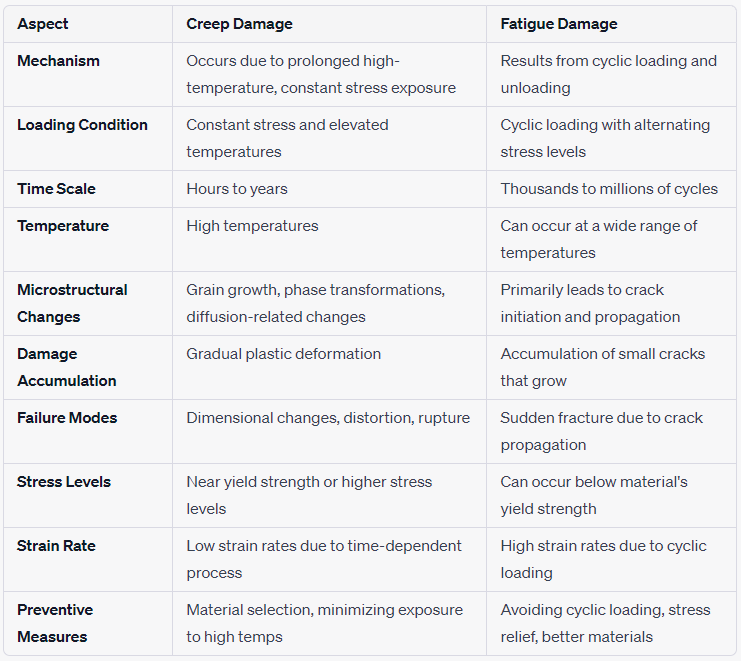CUI Mitigation by Minimizing Water Ingress
- matintegrity
- Nov 12, 2022
- 2 min read
To guarantee the functionality of a technical insulation, it is important to protect it against atmospheric influences and prevent the ingress of moisture into the insulation. Moisture in the insulation system increases thermal conductivity, thereby reducing the effectiveness of the thermal protection. It also represents a high risk of corrosion to the component.

Water ingress is due to breaks in the insulation, cladding or jacketing which may have resulted as a consequence of poor installation or damage during service or simply be a result of deterioration over time.
The principal sources of moisture or water are as follows.
External sources which include rainwater, deluge systems and process liquid spillage.
Condensation.
Do you use drain plugs in your insulation system to drain water:
No, we don't use any
No, we cut jacket's bottom and drain manually
Yes, we use special drain plugs
Yes, we use special drain plugs and analyse collected water
You can vote for more than one answer.
Water may be retained depending on the absorption properties of the insulation material and the operating temperature.
Contaminants such as Chlorides and Sulphides generally increase the corrosivity of the water. These contaminants may exist from the following sources:
External such as environmentally borne chloride sources include sites situated in a marine environment (e.g., offshore),
Windborne salts from cooling tower drift,
From periodic testing of fire water deluge systems.
Contaminants can also be produced by leaching from the insulation material itself.
There are various techniques that can be adopted to minimize the possibility of water ingress on vessels and piping insulation systems. In essence, all the techniques are based on preventing water breaching the external weatherproof covering.
Drain Holes in insulation jacketing are one of the common techniques, in which small [e.g., 1/4 in. (6 mm)] diameter drain holes can be drilled in rigid insulation on insulated hot piping to allow any water accumulating in the insulation to escape. Drain holes should be located at the bottom of vertical piping runs and along the bottom of horizontal piping; at a minimum there should be one drain hole per pipe support span.
Watch below video to see a practical example of cutting jacket at the bottom.
Water detectors can be installed at those positions to indicate the presence (drainage) of water and the opportunity to analyse the collected water for corrosion product content (i.e., indication of coating breakdown).
Below video shows an example of drain plug installation procedure
We invite all SME's and professionals to subscribe to our blog to share your ideas, thoughts, experience, and case studies.






Comments